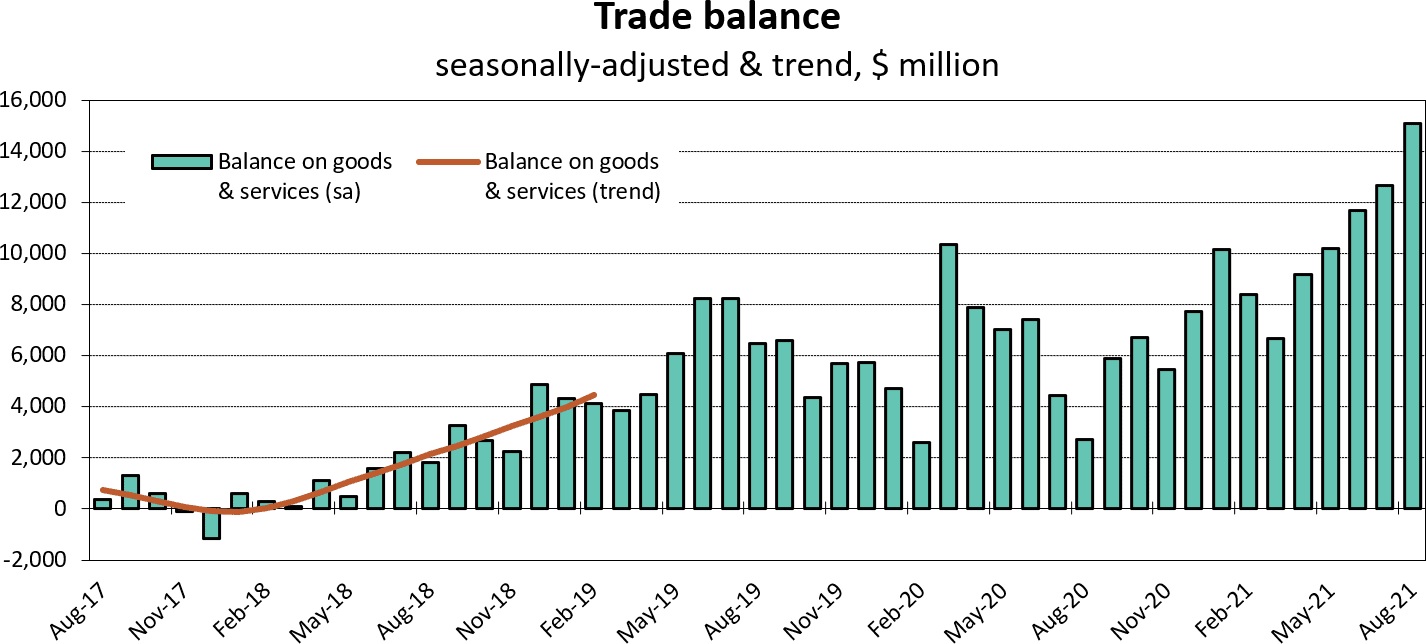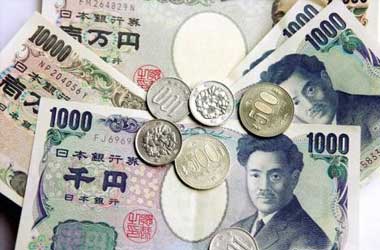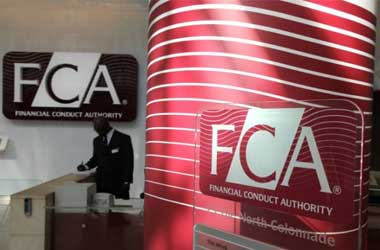 According to experts, the Australian Dollar has been one of the best performing global currencies over the last week, and the rise is likely to continue. The Australian Dollar has gained ground versus all of its G10 counterparts during the last five days, with the exception of the New Zealand Dollar, against which it has fallen by 0.1 percent.
According to experts, the Australian Dollar has been one of the best performing global currencies over the last week, and the rise is likely to continue. The Australian Dollar has gained ground versus all of its G10 counterparts during the last five days, with the exception of the New Zealand Dollar, against which it has fallen by 0.1 percent.
“In our opinion, the AUD still has some power left,” says Wayne Gordon, Strategist at UBS. This perspective is supported by UBS’s recommendation this week of a short-term strategy to purchase the Australian dollar versus the Swiss franc.
UBS has done so by pitting the ‘high beta’ Australian Dollar (one that increases when global stock markets rise) against the extremely safe-haven anti-cyclical Swiss franc. As a result, additional positive mood swings in global market after a gloomy period in August-early October will boost the Australian dollar.
Gordon mentions the following as additional motivators:
Rising commodity prices, especially for industrial metals, coal, and liquefied natural gas, will benefit Australia’s trade terms.
The reopening in New South Wales after the extension of COVID-19-related restrictions
Better-than-expected statistics on domestic activity
Investors who are betting on more declines are covering their short positions.
According to Richard Franulovich, a strategist at Westpac in Sydney, the commodity price surge is providing “plenty of support” for the Australian dollar.
“The renewed commodity price pressure, on the other hand, is providing plenty of support for the Australian dollar. Indeed, so far in October, oil and gas exporters have outperformed G10 currencies” explains Franulovich
Iron ore, coal, and natural gas account for the majority of Australia’s export basket, and a continuing unprecedented increase in demand for gas and coal may result in new all-time peaks for the country’s trade account in the months to come.
According to Westpac’s modeling, the Australian Dollar’s ‘fair value’ level is currently at a seven-year high “because to the massive commodity price increase.”

This value will provide currency support in the case of additional US Dollar strength, market stress, and RBA interest rate forecast of ‘lower for longer.’ Over the last month, the Australian Dollar has gained 2.40 percent versus the US Dollar, with the Australian Dollar-US Dollar exchange rate climbing back to 0.7432 at the time of writing.
In the meantime, the Pound-to-Australian Dollar exchange rate is 2.70 percent lower during a one-month period, having fallen to 1.8462. According to Clyde Wardle, Senior EM FX Strategist at HSBC, the AUD has capitalized on recent good momentum, with a significant increase in business confidence providing further support base.
In September, Australian business confidence soared as closed-down states prepared to resume after the attainment of crucial vaccination threshold goals. NAB’s confidence index increased to 13 points in September, up from a downwardly amended minus-6 in August.
However, Wardle predicts that “it may be more difficult for the AUD to achieve more substantial or sustained gains unless the RBA moves away from its present dovish attitude.” The Reserve Bank of Australia (AUD) has said that it would maintain its base interest rate at 0.10 percent until at least 2024, but investors are calling its bluff by aggressively pricing in a ‘lift off’ in rates in the final stage of 2022.
Where the different central banks stand on normalising stance – that is, raising interest rates – remains a powerful mover for currencies. Central bank currencies that are farther ahead in the competition are seeing themselves strengthened against counterparts from central banks that are unlikely to increase rates in the medium future.
HSBC admits that investors are not believing the RBA’s message of a distant interest rate increase, claiming that market pricing for the RBA has witnessed “some of the largest rises in the G10 currencies in the past few weeks.” This will have been a positive tailwind for the Australian Dollar.
“However, unless the RBA chooses to depart from its present advice that rates would remain on hold until 2024, it may be difficult for the AUD to reflect changes in front-end rates,” Wardle adds.



